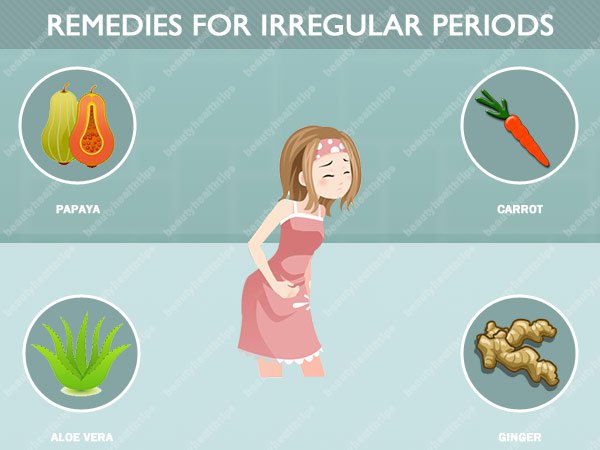The menstrual cycle is the normal ovulation cycle in a woman that includes menses which begins by the age 11-14 and stops at 45-51 years. Menstrual cycle occurs after 21days and bleeding lasts for 3-5 days. The basic features of a normal menstrual cycle includes—
- Regularity—the menstrual cycle returns every month with menstrual bleeding.
- Symptoms–There are very few, minor symptoms in normal menses. Menstrual problems arise when these symptoms increase. Normal symptoms include pain in abdomen and some mood changes.
- Blood Quality—the color, odor and consistency of the menstrual blood should be normal.
- Amount of blood loss—the amount of blood loss in every woman differs and this can be judged by the number of pad she uses daily.
What are menstrual cramps?
Menstrual cramps are pains in the abdomen and pelvic areas that a woman experiences during the menstrual period. Menstrual cramps can range from mild to severe. Mild cramps may be just heaviness of the abdomen whereas severe ones may be painful enough to affect the normal activities of the women. In medical terms menstrual cramps are called dysmenorrheal. There is primary dysmenorrheal with no identifiable cause. Secondary dysmenorrheal is caused by abnormality in the women’s reproductive system. Anti-inflammatory drugs can be used to get relief from pains. Exercise can also give relief from menstrual cramps. Cramps tend to improve with age.
Common menstrual problems
- Premenstrual Syndrome (PMS)—this syndrome includes both physical symptoms which include bloating, acne, backache, tender breasts, headaches, constipation and food cravings. The emotional symptoms include depression, irritability, difficulty in concentrated and a feeling of being tense and stressed.
- Amenorrhea (Absence of Periods) —This term is used for girls who do not start their periods by the age of 16 or for absence of periods in those women who used to have regular periods. There is primary amenorrhea, which is usually caused by genetic abnormality, hormone imbalance, or a developmental problem of the reproductive organs. The main cause of primary amenorrhea is prostaglandin which is a chemical behind cramps. When prostaglandin is in large amount it leads to vomiting, headaches, backaches and severe menstrual cramps. Normally the symptoms last for a day or two, but if they prolong it are better to consult a doctor. Secondary amenorrhea is caused by imbalance of hormones. Pregnancy is the cause of secondary amenorrhea. Causes of Amenorrhea can be pregnancy, breastfeeding, eating disorders, stress or excessive exercising, stopping birth control pills, thyroid conditions and ovarian cysts.
- Dysmenorrhea – (painful periods)—this severe condition of menstrual cramps. Some pain killers give relief from this pain. Certain diseases like uterine fibroids can also give rise to severe pain.
- Menorrhagia (Extremely Heavy and Prolonged Periods)—the most common cause of menorrhagia is an imbalance in the levels of estrogen and progesterone in the body. Sometimes heavy bleeding can also be cause by fibroids or polyps in the uterus, thyroid disorder, infection in the vagina or cervix. Any condition of heavy bleeding for more than seven days must be consulted with a doctor.
- Endometriosis—is a condition in which tissues grow on the outer part of the uterus, ovaries or fallopian tubes. This can result to heavy bleeding, abnormal bleeding and dysmenorrhea, general pelvic and back pain.
- Abnormal uterine bleeding– includes very heavy periods or longer than normal periods. In women reaching menopause stage hormonal balance tends to create this situation. This is alsocalled dysfunctional uterine bleeding (DUB). Fibroids and polyps are other causes of abnormal bleeding
Natural remedies for menstrual cramps
- Diet is the key to reduce menstrual cramps. Eat a balanced diet with lots of fresh fruit and vegetables. One must avoid sugar, fry foods and rich heavy foods. Reduce the intake of salt
- Zinc, calcium and B vitamins help to reduce cramps, bloating and other menstrual symptoms and pain killers reduce discomfort and pain.
- Light exercise will ease the cramps. Relieve stress by taking a brisk walk or doing low yoga workouts. Back pressure can be relieved by placing a pillow under the knees
- Soothe the muscles with little a hot water bottle on the abdomen or relax with a warm bath of essential oils like lavender or chamomile.
- A cup of hot herbal tea will have a warm, relaxing effect on your body. Add in a few teaspoons of honey with is a natural pain reliever.





